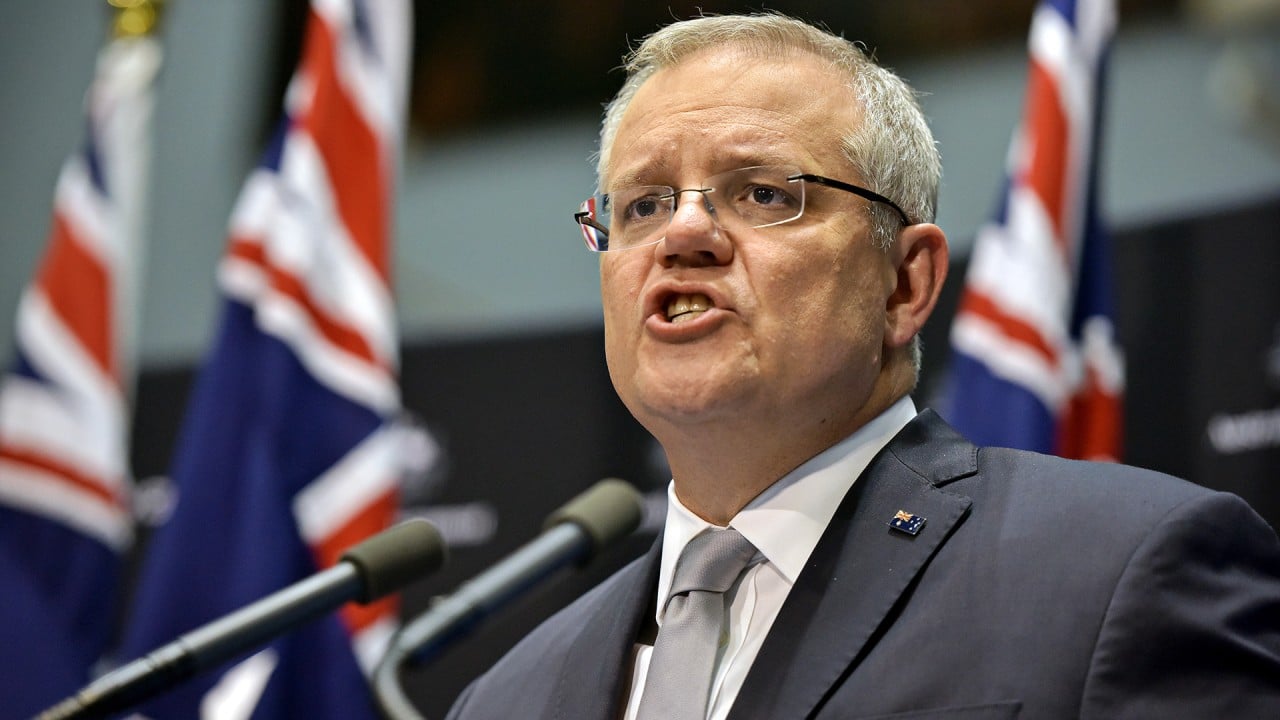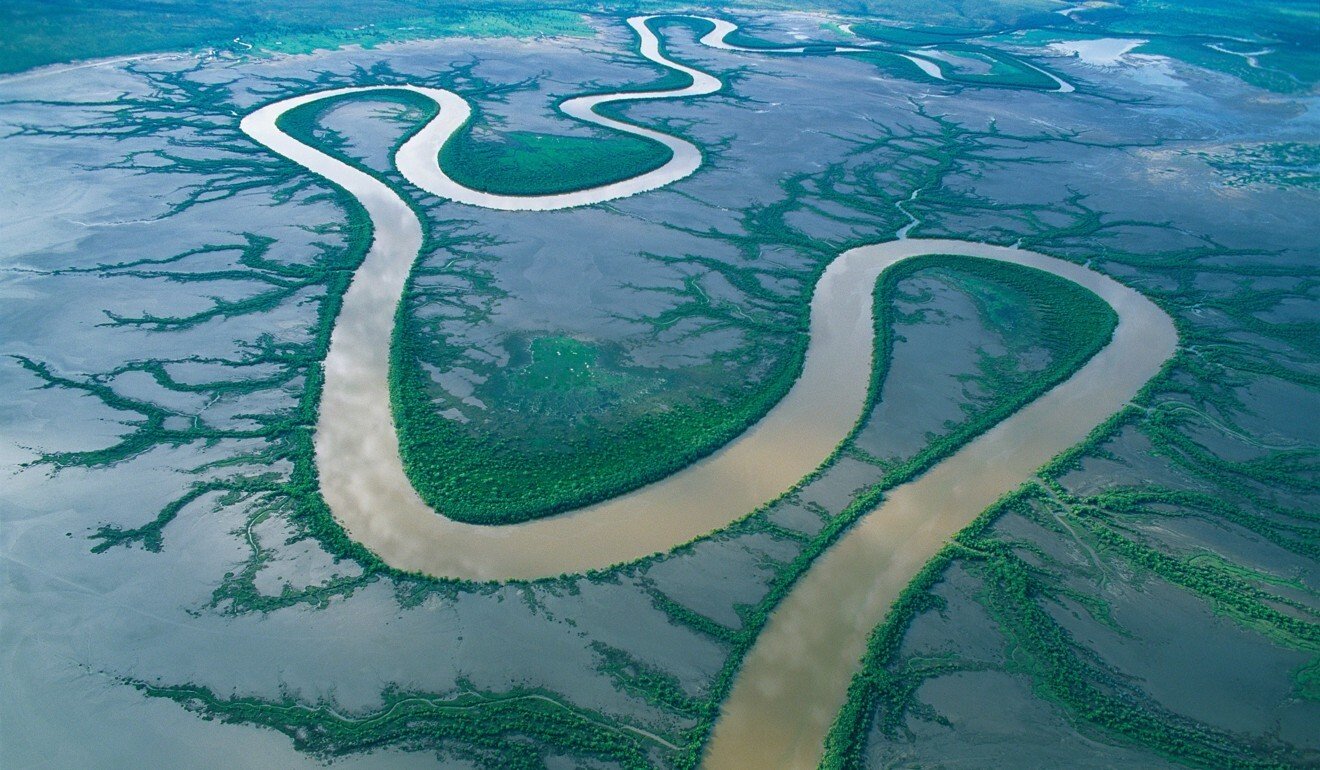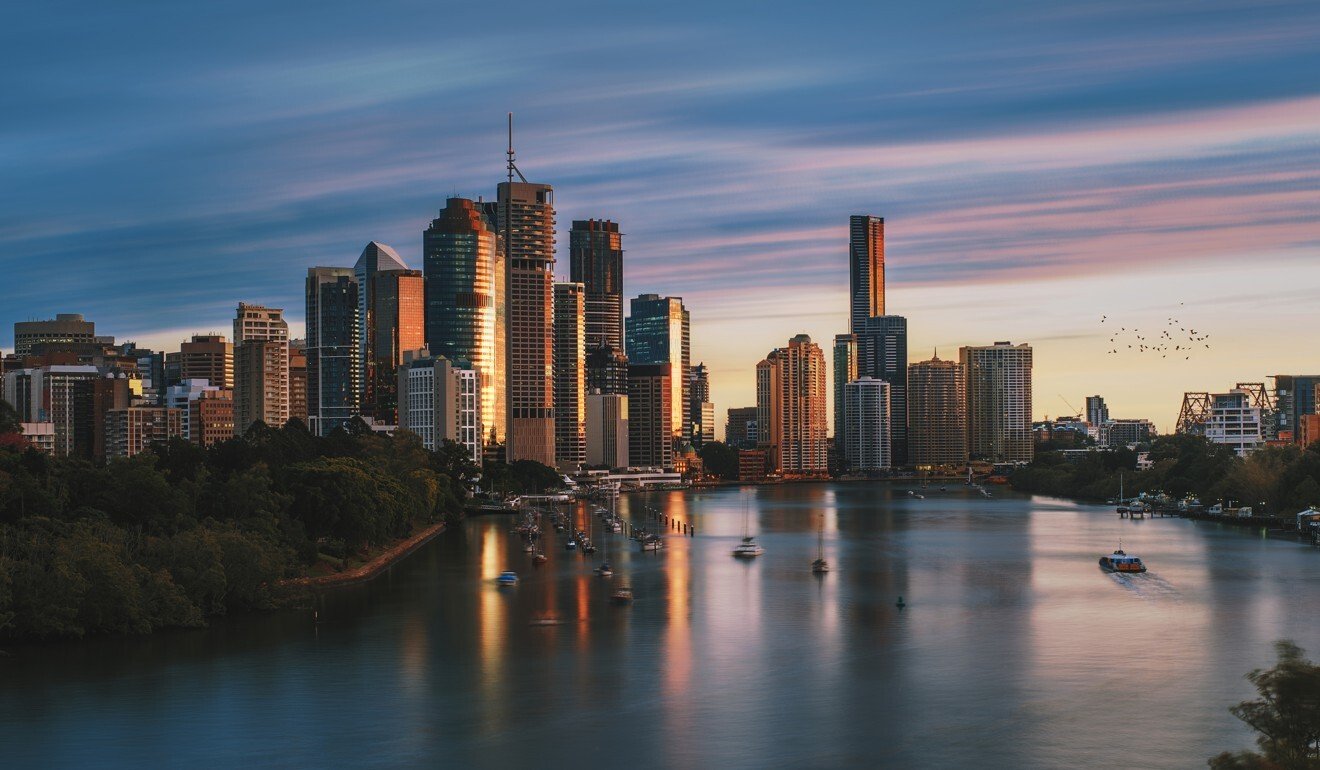
Is China really behind a malicious plot to buy up Australia’s water?
- Fraying diplomatic ties between Canberra and Beijing have led to talk of conspiracy, but China owns just 1.9 per cent of Australia’s water market
- While experts call for more transparency over water ownership, they say it is more important to know how much there is and what it is being used for
In Australia, Earth’s driest inhabited continent, landowning farmers are given water rights that can be traded on a water market, while anyone – including foreign entities – can invest in these entitlements. While the government has a registry of foreign ownership of such rights, details of investments are not made public and reports suggest these investors might not always be robustly scrutinised.
Last month, an updated Register of Foreign Ownership of Water Entitlements report found China to be the largest foreign owner of Australian water entitlements – but ahead of the United States by only a slim margin.
As of June last year, Chinese investors owned 756 gigalitres, or 1.9 per cent, of the water available for sale on the market. The US, the second-largest stakeholder, owned 713 gigalitres, or 1.85 per cent. Australia’s water is 10.5 per cent foreign owned, up from 10.4 per cent in June 2018.
Last year was the country’s hottest and driest year on record. Water costs can generally fluctuate between A$1,000 per million litres during drought and just A$20 per million litres following heavy rains. Water rates vary from state to state – as of May, Western Australia paid the least, with a quarterly bill of A$234, while Tasmanians were charged the most at A$365.

01:49
Australia suspends extradition treaty with Hong Kong, offers residency pathway for Hongkongers
The details sparked a flurry of media commentary critical of China, with one of Australia’s largest newspapers referring to the report in an article headlined “Chinese Water Torture”. More than a dozen other newspapers around the country carried the story, and it kicked off a new round of online conspiracies concerning China and the security of Australian water. The host of a popular radio breakfast show told his listeners that China had “both hands on our water” and that “our farmers are being bashed and robbed”.
But Professor Quentin Grafton, director of the Centre for Water Economics, Environment and Policy at the Australian National University, said trading water had significant benefits, foreign ownership of Australian water was not necessarily problematic and concerns about Chinese ownership were simply not substantive.
“You can’t move your crop, but you can move water, so when we have droughts, which we regularly do, this allows agriculture to continue in a much better way,” he said. “Some people have connected dots that just aren’t there. It doesn’t matter who owns the water, whether they’re from China, the US or Australia, the water is not going anywhere. It cannot be exported.”
Grafton said the focus on Chinese ownership was a distraction from more pertinent issues, such as the over-extraction of water and a lack of transparency on ownership.
“More importantly than knowing who owns the water, we need to know how much and where exactly the water is and what it is being used for,” he said. “In terms of the size of the water market, the competitive nature of the market and the number of trades, Australia really stands out, so what we really need is information in real time of the water that is in private storage. This would allow us to manage our water in an effective way. It’s an Australian problem that has nothing to do with China.”

Drought and water-shortage concerns have been exacerbated by climate change in Australia. Natasha Kassam, head of polling at the Lowy Institute and a former diplomat to China, said the negative reporting on China reflected the fact that the “relationship with China looms larger for Australia’s economy and security more than it ever has before”.
She added that there likely had not been enough reporting specifically on the water issue for it to have resonated with many Australians.
In terms of foreign investment in Australia, data from Australia’s Department of Foreign Affairs and Trade from last year ranks China ninth, with just 2 per cent – behind the US, top with 25.6 per cent; Britain, in second place with 17.8 per cent; and even the tiny European nation of Luxembourg, which is in eighth place with 2.2 per cent.
A five-year growth trend shows Chinese investment increasing at a slower rate than almost every other country on the list.
Concerned that foreign companies would capitalise on the economic uncertainty created by Covid-19, Treasurer Josh Frydenberg last month ordered Australia’s Foreign Investment Review Board (FIRB) to review all overseas purchases, but a recent investigation by national broadcaster the ABC found some foreign investors in water still face limited scrutiny.
The investigation also found that at least two Chinese state-owned enterprises owned water entitlements in Australia. One company, Chinatex Australia, was in 2018 criticised in parliament over its failure to pay a A$31.35 million court order to compensate a local beef provider over a failed export deal.
Helen Dalton from the Shooters, Fishers and Farmers Party, who represents Murray in the state legislative assembly of New South Wales, is among those calling for more transparency. Last year, she put forward a bill proposing that politicians and businesses – foreign or domestic – disclose their water interests.

Dalton owns more than A$17 million of water entitlements in Murray-Darling Basin, which reaches from the state of South Australia to Queensland and encompasses most of Victoria and New South Wales.
“I put mine down because people should know that I have an interest in water,” she said. “This water register would encompass that as well as everything else. We would have a searchable, transparent register by name. Right now, it is almost impossible to find out who owns what. It’s looking for a needle in a haystack.”
While Dalton is pushing for transparency across the industry and has not specifically called out foreign companies, she believes they should not be allowed to invest in Australia’s “most valuable natural resource”.
Water availability in key river systems has slowly reduced and the cost of water has steadily risen ever since water became a tradeable commodity, but last July the cost of water in the southern Murray-Darling Basin hit a record high of A$550 per megalitre, up nearly 140 per cent from A$230 a year previously.
Claims that companies, both local and from overseas, are driving up the cost of water by market manipulation are being investigated by the Australian Competition and Consumer Commission (ACCC).
Grafton from Australian National University said the release of the ACCC report later this year should provide clarity on concerns of market manipulation and hopefully put the China conspiracies to rest.
“If you look at the overall markets, they do go up and down … based on how much water is available, but that doesn’t mean that there can’t be possible speculation or market manipulation in particular locations at particular times by particular individuals,” he said.
“If we had full transparency on every irrigating company and individual, we would know how much they’re extracting, how much they’re storing and what they’re using it for, but we don’t – so for now, people create whatever stories they want to create.” ■

